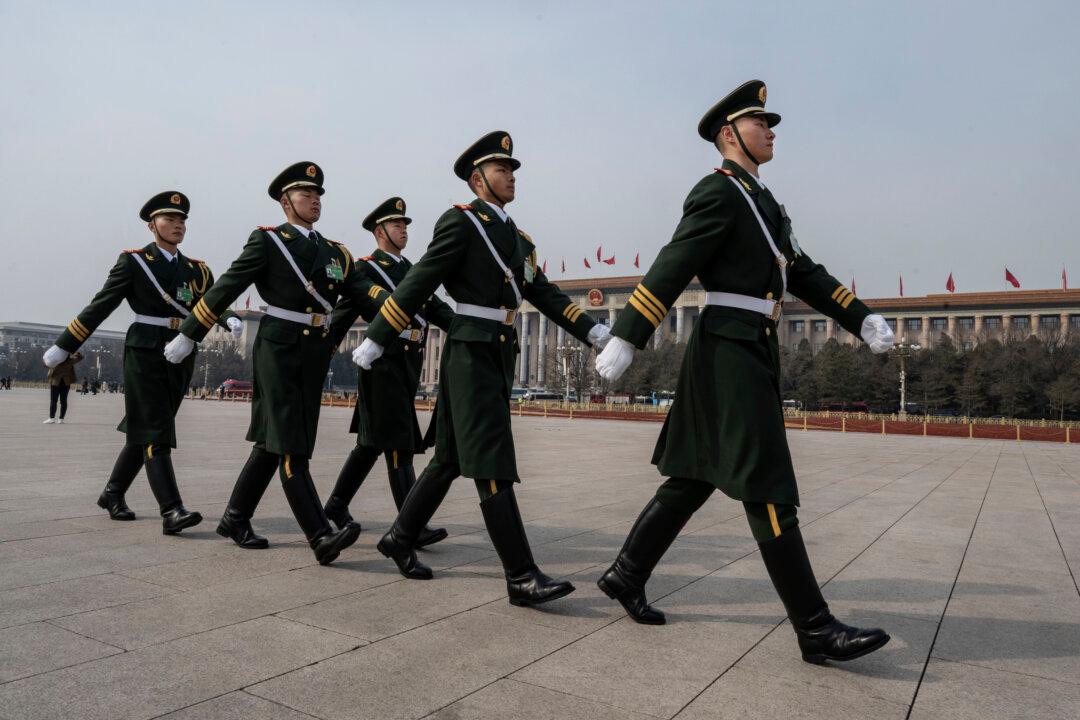There are growing concerns about Chinese economic espionage and other mechanisms employed by the Chinese Communist Party (CCP) to acquire advanced technologies with dual civilian and military uses, including AI, next-generation telecommunications, advanced software systems, and electronic surveillance technologies.
According to the FBI, the Chinese regime is “the world’s principal infringer of intellectual property,” costing the United States as much as $600 billion annually in pirated software, theft of trade secrets, and other illicit technology transfers.
The various mechanisms by which the regime acquires foreign IP are diverse, subtle, and insidious, and have significantly evolved since the Shanghai Communiqué—which was signed by U.S. President Richard Nixon and Chinese Premier Zhou Enlai on Feb. 27, 1972—initiated the so-called opening of China to foreign business investment.
The last 50 years have seen an exponential increase in Chinese cyber espionage, technical exchange programs (especially among universities and high-tech companies), direct economic espionage by Chinese nationals at U.S. and other foreign companies, and various U.S.–China and other joint ventures that facilitate tech transfer.
Chinese business regulations were intentionally written from the beginning to facilitate IP acquisition as part of the process of opening up the Chinese economy to the world, a topic about which Chinese leader Xi Jinping regularly speaks. (Oddly, despite the perennial promises from Xi and his predecessors to “open China,” the job never seems to get done!)
Joint ventures were sold as a price of entry under the original 1979 Sino-Foreign Equity Joint Venture Law as a win-win for all parties, with foreign firms such as Foxconn, Volkswagen, Apple, Tesla, and many others gaining cheap labor access to the so-called huge Chinese market while Chinese companies obtained foreign intellectual property without the need for substantial research and development expense.
- A Chinese national’s prosecution for conspiring to steal sensitive military information, including the designs for the F-22 and F-35, for the Chinese military. There is widespread speculation that China’s Chengdu J-20 “Mighty Dragon” and the upcoming Shenyang FC-31 stealth fighters are believed to incorporate design elements that may have been stolen from American and possibly Russian fighter programs.
- Huawei’s egregious theft of telecommunications trade secrets, including its multi-year efforts to steal trade secrets related to T-Mobile’s “Tappy” robot.
- The Harbin Z-20, a Chinese medium-lift utility helicopter, which was almost certainly reverse-engineered from a semi-stealth Sikorsky UH-60 Black Hawk helicopter used by U.S. Navy SEALS in the Bin Laden raid in 2011, which was shot down and provided to China by Pakistan.
The problem with such shared research is that those Chinese facilities are heavily involved in weaponizing basic research for military uses. “[These joint projects] risk transferring sensitive U.S. algorithms and models that could significantly enhance China’s capabilities in critical areas such as nuclear simulation and hypersonic weaponry,” L.J. Eads, a former U.S. Air Force intelligence analyst, told the publication.
Concluding Thoughts
IP and technology theft by Chinese entities is ongoing and pervasive. China understands the benefits of short-circuiting development costs by incorporating stolen IP and patented technologies. The U.S. Congress is increasingly motivated to stem that flow through real actions and diplomatic pressure.In an effort to put lipstick on a pig and address increasing foreign concerns about IP theft by Chinese companies and citizens, Beijing replaced the 1979 Sino-Foreign Equity Joint Venture Law (amended in 1990) with the Foreign Investment Law (FIL), which took effect on Jan. 1, 2020. The problem is selective enforcement, as is always the case with laws and courts in communist countries, and the CCP has ZERO incentives to tamp down on theft of foreign IP.







